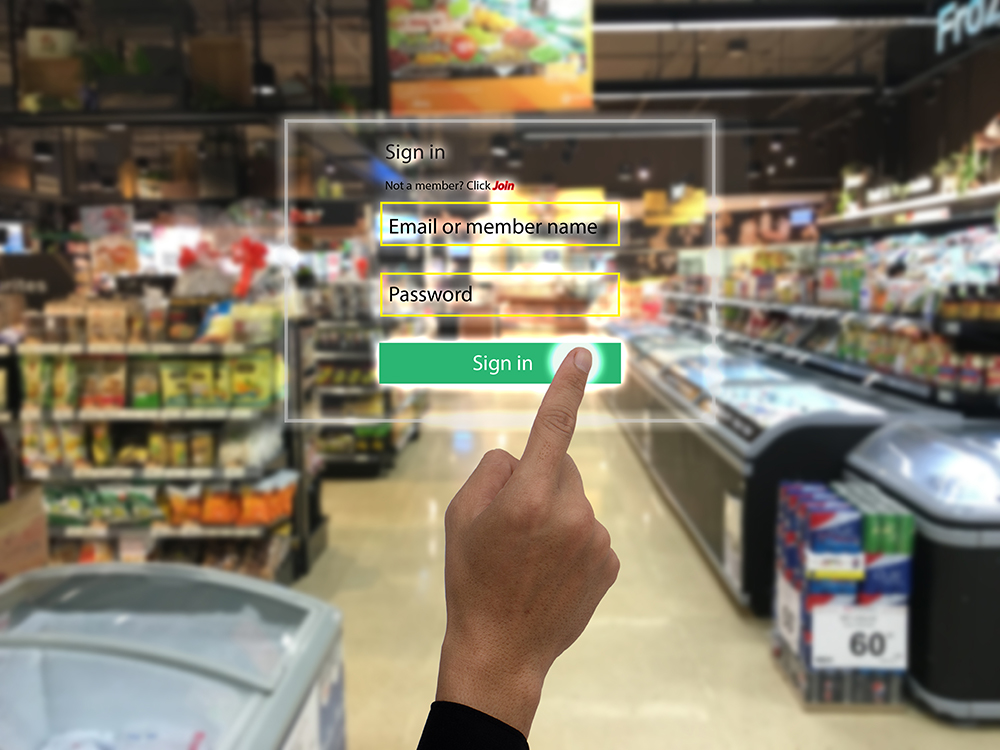Disruption is business as usual, according to Australian Retailers Association report

The Australian Retailers Association has released their 2019 report into the State of Retail Technology, finding retailers need to step up and treat tech disruption as business as usual or be forced to step aside.
The report notes many retailers are harnessing the power of technology, but are overlooking critical opportunities and struggling to unite the front of house with the back-end of business.
Here’s an insight into the findings of their report.
The State of Retail Technology
Released on April 17, the State of Retail Technology White Paper saw the Australian Retailers Association join forces with Pronto Software to examine and benchmark technology adoption among Australian retailers.
They surveyed 172 retailers, finding 75 per cent believed that technological changes are causing a major disruption in the industry.
“Although both large and small retailers leverage technology, there is clearly an opportunity for stronger results – especially when solutions are used to connect siloed areas of the business,” the report noted.
“The imperative to make this change is growing, with the clear desire from retailers to strengthen their online presence – particularly through social media – and allow customers to purchase items at any time, from anywhere.”
Online acceptance
The vast majority of retailers (85 per cent) value having an online sales channel, offering consumers to shop with them any time, anywhere.
The survey found:
- 3 per cent of retailers had only their own e-commerce site
- 3 per cent sold on a marketplace
- 3 per cent utilised both their website and a marketplace
- 86 per cent had no online sales channel
The ARA noted this last statistic was “worrying” but said it was mainly indicative of smaller retailers “who may be stretched for time, or lack the expertise necessary to build an online presence”.
Social media strategy
The report found, after implementing a website, many retailers were now turning their attention to social media.
“62 per cent of respondents are either already investing, or planning to invest and use this platform as a sales channel over the next 12 months,” they explained.
“Instagram and Facebook have now become default channels for retailers to market their products at minimal or no costs to the business.”

Up and running
In a world increasingly reliant on technology, connectivity is key, and retailers need to have strategies in place to ensure their business isn’t affected when the internet goes offline.
The report cited Woolworths’ technical outage in 2018 as a prime example. The disruption “crippled” the store’s checkout systems, brought hundreds of outlets to a trading halt, and forced some to close their doors.
Despite this the report found only 50 per cent of retailers have POS systems that can process sales when offline.
“These retailers run the risk of losing business and damaging their brand when network connectivity is lost.
“From the way they accept payments, through to giving shoppers the option to use a self-service checkout system, it’s now critical for retailers to be prepared for times when they lose connectivity.”
The power of data
As many retailers understand, data offers the ability to gain a unique insight into their consumers, offering the opportunity to understand customer preferences, and potential future strategies.
“This data can be broad, such as knowing how many customers shopped with you on a specific day. It can also provide more individual details about a shopper,” Pronto’s Chad Gates stated in the report.
“You can find out what they purchase, how often and on which platforms they begin and complete these transactions.”
Yet despite this, many retailers are missing a valuable opportunity to acquire this data, because only just over half have a loyalty program.
Lost opportunity
As the ARA report explained, loyalty programs are a common and effective tool when it comes to collecting consumer data. They help retailers understand a consumer’s purchasing habits and better tailor the customer experience to them.
The survey found:
- 43 per cent of retailers do not have a loyalty program
- only 22 per cent currently have a loyalty program that is integrated and available, across their stores.
Supply chain accuracy and unification
In an era where costs are rising, the customer demand is immediate and the competition is just the click of a smart phone button away, it was imperative retailers turned their attention to supply chain accuracy and uniting the front of house with the back-end of operations, the report found.
“Retailers must leverage their supply chain competencies to lower acquisition, inventory and shipping costs and use those to remain price competitive and increase customer experience.”
Their findings indicate:
- only half (53 per cent) of surveyed retailers have real-time insights into sales and inventory
- only one third of retailers say they have an hourly or daily view of their sales data
- of those that do have real-time visibility, more than 60 per cent of the data still relies heavily on traditional transactional information, such as stock movements, sales and refunds
- 71 per cent of retailers are yet to leverage integrated front-end and back-end systems
“A retailer’s front-end and back-end systems need to be completely integrated – something which 71 per cent of all surveyed retailers are yet to leverage,” the report stated.
“This leaves their leaders running blind when it comes to making rapid tactical decisions about promotions, for example.”
The final word
The report indicates Australian retailers understand the importance of technology. In fact, many are working hard to embrace it, yet there is room for improvement with critical opportunities lost.
As ARA executive director Russell Zimmerman noted: “The current retailing experience in Australia continues to harbour a number of points of friction. These points cause the consumer to delay their purchase; create a requirement for additional service; result in product returns – or a lost sale. A major imperative for Australian retailers is to identify and remove these points of friction.”